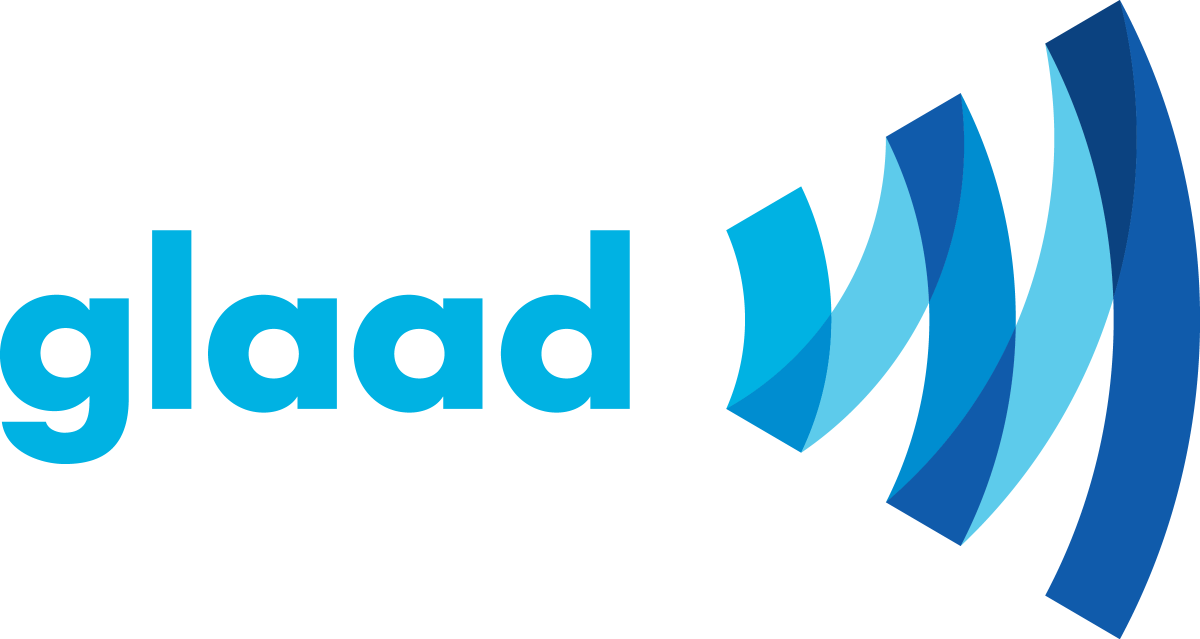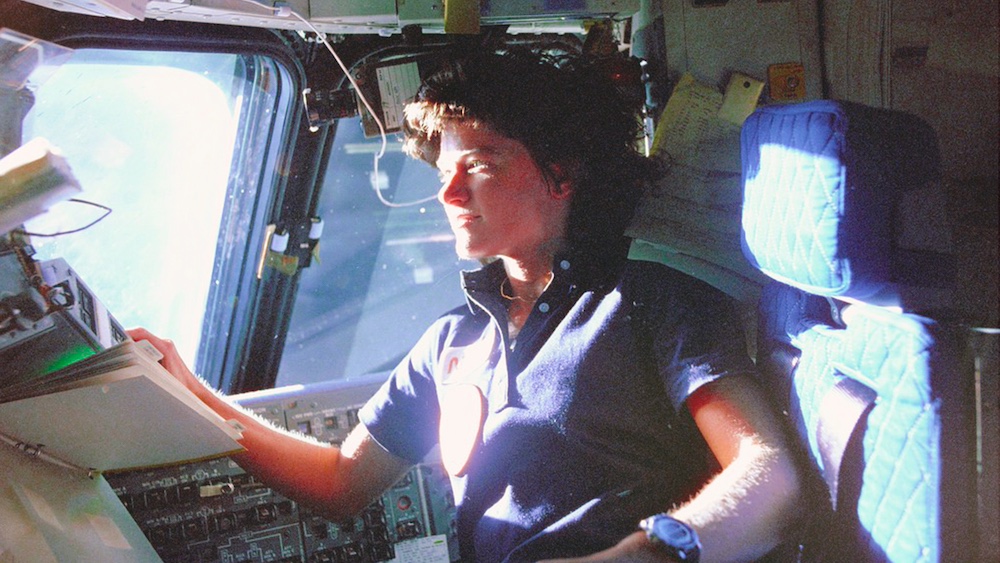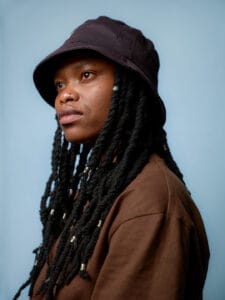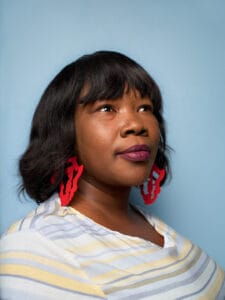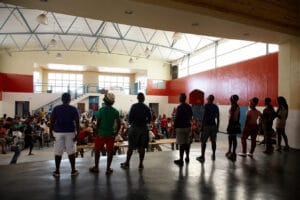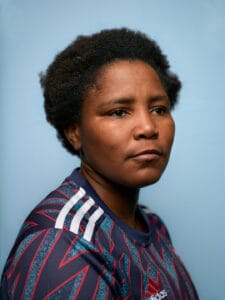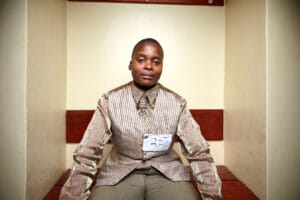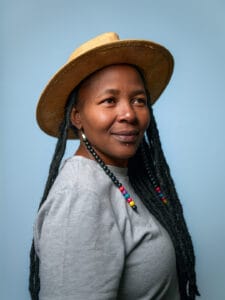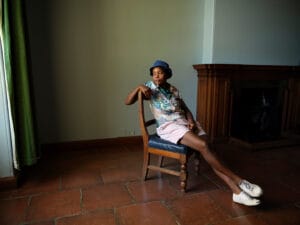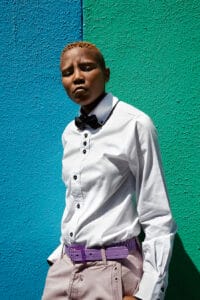Sally Ride became the first American woman to blast off into space and she was a groundbreaker and trailblazer, paving the way for many women after her — but that was only one part of her story.
In the National Geographic documentary Sally, which premiered earlier this year at the Sundance Film Festival, Emmy Award-winning filmmaker Cristina Costantini and producer Lauren Cioffi tell the untold story of Ride and life partner of 27 years, Tam O’Shaughnessy and all the sacrifices, ambition, and most of all, love that came with it.
Queer producer Cioffi and ally Costantini sculpt a narrative that the late, great Ride deserves featuring acclaimed tennis star and groundbreaking advocate for women and LGBTQ+ rights, Billie Jean King, as well as celebrated astronauts from Ride’s NASA class of 1978: Kathy Sullivan, Anna Fisher, John Fabian as well as Ride’s ex-husband Steve Hawley, her sister Bear Ride, mother Joyce Ride, with journalist friend, Lynn Sherr.

“I can’t recall the exact moment that Sally Ride, the first American woman to go to space, first captured my imagination, but I know that I’ve been obsessed with her story from a very young age,” Costantini told GLAAD in a recent interview. “In third grade, I painted a life-sized mural of Sally in her jumpsuit, looking at her space shuttle on the exterior of my elementary school… which still exists today! In fourth grade, I did a report for an independent research project on Sally. By eighth grade, I was certain I wanted to go into a career in science myself, in part motivated by what I knew of Sally’s story.”
She continued, “It wasn’t a complicated equation for me: If Sally could go to space, I must be able to do great things, too. And I thought she looked pretty badass in her jumpsuit.”
GLAAD interviewed Costantini and Cioffi about Sally, what it meant to them to make the documentary, and the impact it has had on the LGBTQ community in the current social landscape.
Why do you think it is important for queer filmmakers to tell queer stories?
LAUREN CIOFFI: As a queer producer, this was really important for me in helping to shape Sally with [Cristina Costantini]. I find that being queer is such a lived experience that it’s really important to get the nuances right when telling a queer story because often, it’s these small, relatable things that help others connect with the experiences on screen that they see in their own lives and can help the message of the film shine through.
Especially in Sally, we depict a queer-centered romance and we really wanted to tell the love story in a way that it could not have been broadcast at that time. For me, it was important to let the sweet moments of falling in love fully play out and have it feel sensual and passionate in the way straight romances are often given the time and space for in cinema.
One of my favorite moments in the film is the Billie Jean King interview when she puts to words how it physically feels in your body to experience the effects of homophobia. And it’s a very visceral description. When Billie said that live during the interview, I knew it had to be in the film and I never forgot it. I knew it would help audiences get a greater understanding of this feeling.

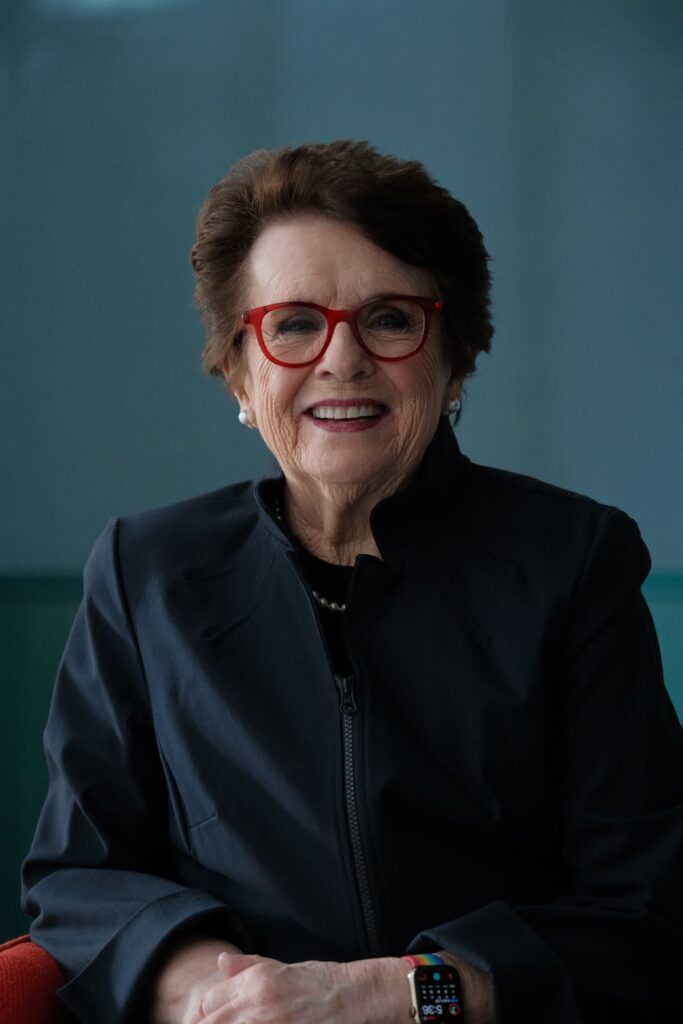

What was the initial spark that started the journey of Sally?
CRISTINA COSTANTINI: Part of what drew me to this story is the question of what it means to lead your life as a symbol. National heroes like Sally inspire us, give us hope, and show us just how far we can go. But so often, our heroes hurt the people they love most for the benefit of those they’ll never meet. In Sally’s case, it was her life partner, Tam O’Shaughnessy. Their beautiful relationship was kept secret from the public for 27 long years, which pained Tam immensely; their love was never truly recognized until it was too late.
This film is for anyone who has ever had to hide part of who they are to get where they want to be. Sally Ride was my hero as a kid, and it’s an immense honor to tell her story as an adult.
What are some things that surprised you while making Sally?
CC: Our biggest creative obstacle in making this film was that Sally and Tam didn’t document much of their own love story, so very little archival exists of their time together. Our main character also didn’t like sharing the depths of her emotions or divulging her feelings to the world around her, which made her an amazing astronaut,
but hard to capture as a filmmaker. This challenge pushed us to find other innovative solutions in crafting her story. We decided to shoot visual sequences on 16mm film to capture the feeling of falling in love, the feeling of having a secret, and the feeling of growing old with a loved one. We are so grateful to Sally’s life-partner Tam who brought these moments to life in her narration.

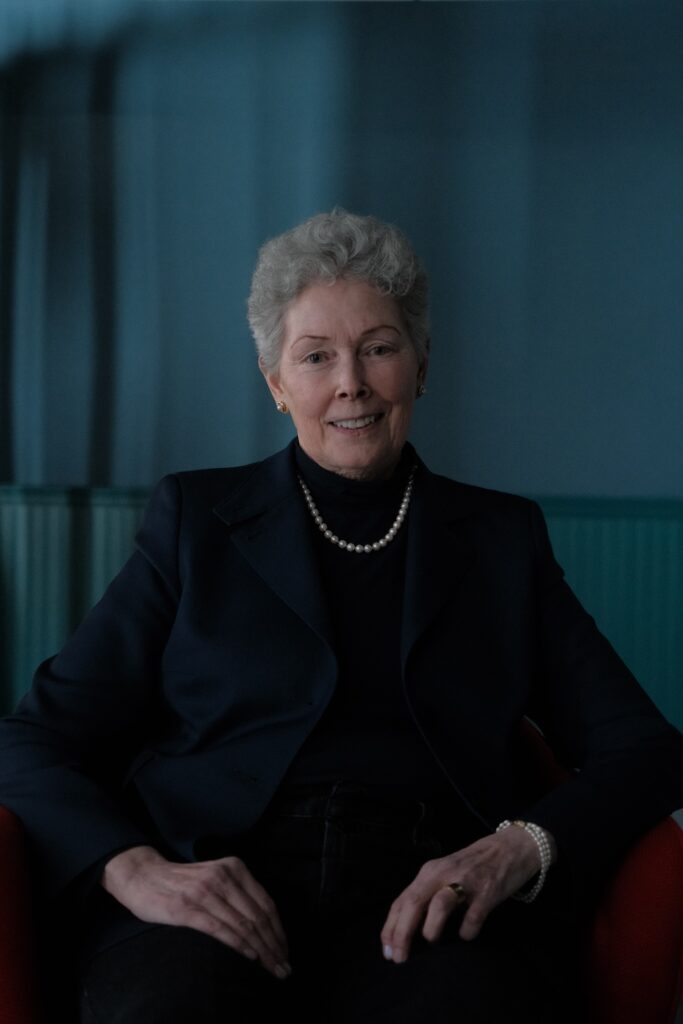
What does it mean for you to have a documentary like Sally to come out at a time when LGBTQ rights are being attacked?
LC: When we started this film two years ago, we definitely didn’t think that it would speak so strongly to the climate we are currently living in and feel like we are repeating history. Sally had to hide a part of herself in order to achieve her ambitious professional goals and sadly, this is what we see happening all over again right now.
Two years ago, I was more worried that Gen Z would not relate to this film because they have been so empowered to embrace their queer identity and to be unapologetic about it. But now, we see that specific thing is being targeted.
My hope, for viewers watching this film today in this climate, is that they can learn from the hurt and the difficulty that Sally and Tam endured personally when faced with a culture of not being accepted and feeling under attack. The pain it can cause to not live your full life and yet still find a way to persevere.
What was it like watching Sally for the first time with an audience at Sundance?
CC: Anytime you premiere a film for the first time is nerve-wracking for sure. But this one was actually just special. To have Tam, and the entire team that worked so hard on the film altogether made it really special. And the reaction was more than any of us could have hoped for. I feel like the momentum from that first screening carried through the past six months until our premiere, and it has really been an incredibly rewarding experience for all of us.
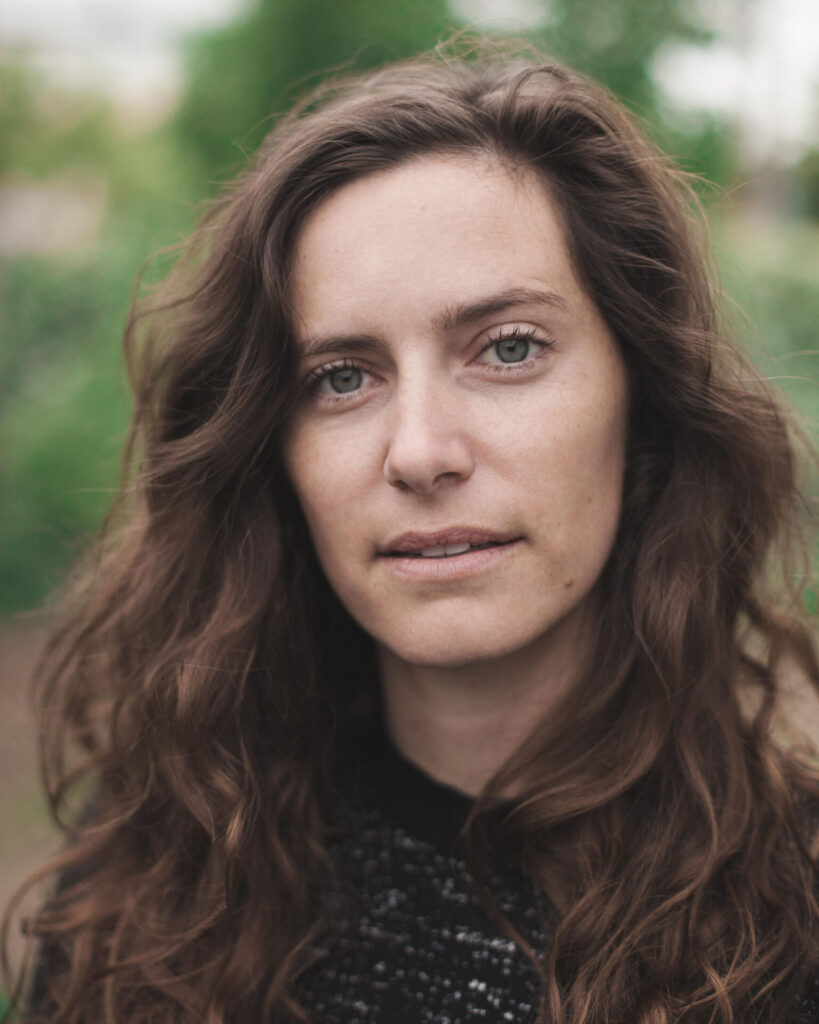
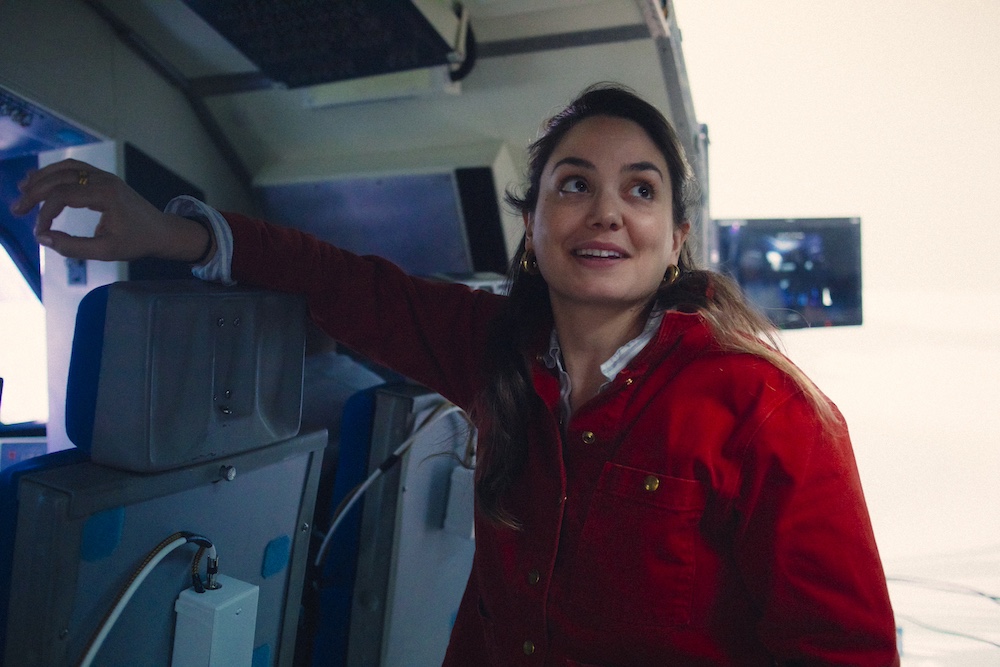


What have been some memorable audience reactions?
CC: I think when someone comes up to you and says they too had to keep part of themselves hidden for some reason, and this film has given them the courage to be honest in whatever circumstance they were facing has been incredibly moving. There have been several instances like this, and I feel like these were all private moments so don’t want to disclose too much, but as a director, anytime you are part of a team and create something that has true impact on people, that is really why I do this.
What would it have been like for you to see a film like Sally when you were younger?
LC: When I was younger, I think Sally’s story would have shown me that I deserve to reach for my highest career ambitions, while also being open about who I am at the same time. Too many times in my life as a young person and into my 20s, I felt as Sally did that I had to choose to pursue my goals or to pursue my queer life fully, they didn’t always fit neatly together. It was much easier to compartmentalize and this really hurts you and the people close to you.
I am so proud of Tam for being so open and vulnerable about this story to help others who struggle to meld these parts of themselves in their life.
If you were given carte blanche to tell a story about any queer icon, who would it be?
LC: Fingers crossed for Rosie O’Donnell!
This interview was edited for clarity.
Watch Sally now on Disney+ and Hulu.
